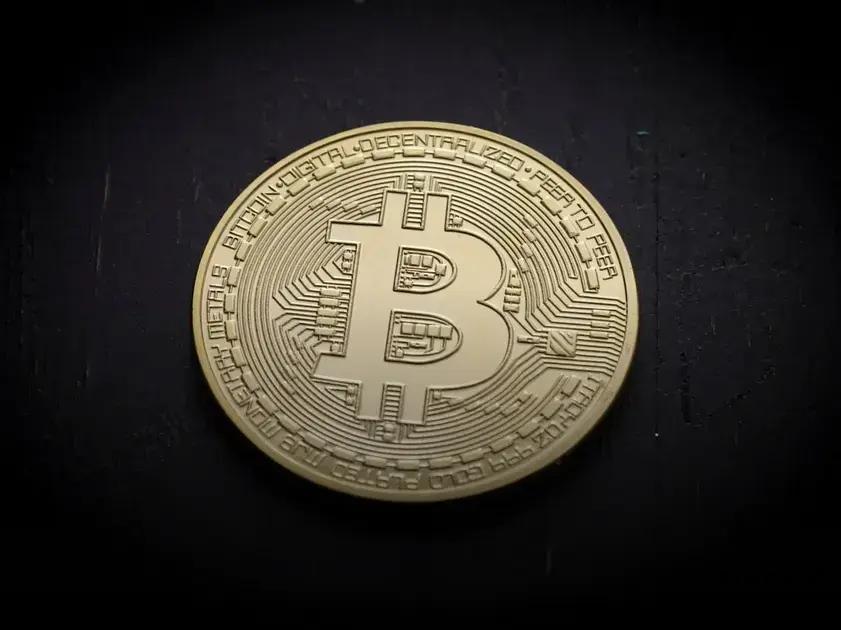Decentralized Finance, or DeFi, is revolutionizing the financial world by putting control back into the hands of users. With blockchain technology at its core, DeFi offers a new paradigm where financial services become more accessible and efficient. In this article, we explore the core principles behind DeFi, the innovative technologies driving its growth, and the potential challenges that lie ahead. From real-world applications to regulatory prospects, the future of DeFi promises to redefine traditional financial boundaries. Let’s dive into the transformative potential of decentralized finance.
Understanding the Core Principles of DeFi
DeFi, or decentralized finance, represents a transformative shift in the traditional financial sector. At its heart lies the principle of eliminating intermediaries, such as banks, in financial transactions. Through blockchain technology, DeFi creates an ecosystem where individuals can engage in seamless financial activities directly with one another.
The core principles of DeFi focus on accessibility, transparency, and security. DeFi platforms are open to anyone with an internet connection, allowing global participation without geographical limitations. Transparency is a pivotal element, as all transactions are immutably recorded on public ledgers, allowing for broader trust within the ecosystem.
Additionally, the security of DeFi is ensured through smart contracts, which are self-executing contracts with the terms of the agreement directly written into code. These smart contracts minimize human intervention and ensure reliability in execution. By using cryptography, these systems safeguard users’ assets and data.
Beyond this, DeFi operates on the ethos of decentralization – no single entity holds control, providing users autonomy over their assets. Liquidity pools and yield farming are examples of how assets are effectively utilized to generate income without traditional banking systems.
The DeFi landscape is continually evolving, driven by innovative technologies that challenge existing financial paradigms and provide unprecedented opportunities.
Innovative Technologies Driving DeFi Forward

The rapidly evolving field of Decentralized Finance, or DeFi, is leveraging several innovative technologies that are driving its progress and transforming the financial landscape. These cutting-edge advancements are crucial in making DeFi more accessible, secure, and efficient for users worldwide.
One pivotal technology is blockchain, which serves as the backbone for DeFi systems. Blockchain ensures transparency, immutability, and decentralization of financial transactions, empowering users to transact and collaborate without intermediaries. The use of smart contracts, primarily on Ethereum, has further enhanced DeFi’s capability to automate transactions and agreements in a secure manner.
Interoperability Solutions
In the realm of DeFi, interoperability is key. Technologies enabling cross-chain interactions are pivotal in allowing assets and data to flow seamlessly across various blockchain networks. Protocols like Polkadot and Cosmos are leading the charge in facilitating these interactions, thereby expanding the ecosystem’s possibilities and user base.
Additionally, Layer 2 scaling solutions such as Rollups and Plasma are being developed to address the scalability issues inherent in DeFi ecosystems, especially on congested networks like Ethereum. These solutions aim to increase transaction speeds and reduce costs, making DeFi more practical for everyday use.
Decentralized Oracles
An equally transformative innovation in DeFi is the use of decentralized oracles. These systems, like Chainlink, provide off-chain data to smart contracts, significantly expanding the types of financial applications possible within DeFi. By ensuring that smart contracts have access to reliable external data, oracles play a critical role in a wide range of DeFi applications, from lending protocols to derivatives.
By continuously integrating these advanced technologies, the DeFi space is not only becoming more robust and reliable but is also paving the way for new financial paradigms that challenge traditional systems.
Potential Challenges in DeFi Adoption
Decentralized Finance, or DeFi, presents transformative possibilities for the financial sector, yet it faces several obstacles that could impede its widespread adoption. One of the main challenges is navigating the regulatory uncertainty that surrounds digital finance. Governments and regulatory bodies across the world have varying stances on DeFi, which can create a complex web of legal challenges for developers and users alike. Furthermore, security concerns stand as a significant hurdle. DeFi platforms, built often on smart contracts, can be vulnerable to hacks and exploits if not properly audited. This vulnerability can deter investors and mainstream users who might fear losing their funds.
Another aspect to consider is the issue of scalability. Many DeFi platforms are built on top of existing blockchain networks that may not be able to handle large transaction volumes effectively, leading to slow processing times and high fees. Additionally, the user experience and lack of intuitive interfaces present a barrier for individuals unfamiliar with cryptocurrency and blockchain technology. Without ensuring ease of use, DeFi could struggle to attract non-technical users.
To further add to the complexity, there is the challenge of interoperability between different blockchain protocols. For DeFi to reach its full potential, seamless interoperability must be achieved to allow assets and data to move smoothly across diverse platforms. Lastly, liquidity issues can pose problems where smaller DeFi projects might face instability due to insufficient market participation.
Despite these challenges, efforts are ongoing in the industry to develop solutions, such as more robust security measures, improved scalability through layer 2 solutions, and enhanced user interfaces to make DeFi more accessible for everyone.
Real-World Applications and Success Stories

The influence of Decentralized Finance (DeFi) is evident in varied real-world applications that show its transformative power. From decentralized lending and borrowing platforms to blockchain-based insurance solutions, DeFi is reshaping traditional finance. Lending platforms such as Aave and Compound exemplify how users can earn interest or borrow assets in a peer-to-peer manner without a conventional bank’s involvement. In these systems, smart contracts efficiently and transparently handle transactions, reducing the risks associated with human error or dishonesty.
Startups and Enterprises
Embracing DeFi, numerous startups innovate by utilizing decentralized exchanges (DEXs) to facilitate safe and efficient trading of digital assets. Unlike traditional exchanges, DEXs operate without central authorities, offering users more control over their funds. The success of Uniswap and SushiSwap highlights how these platforms provide liquidity and foster a dynamic market, highlighting a decentralized approach’s potential to disrupt traditional models.
Insurance platforms such as Nexus Mutual and Etherisc are another area showcasing DeFi’s potential. By pooling funds and leveraging automated payouts, they offer a decentralized way to purchase insurance, minimizing costs and increasing accessibility. This model is particularly beneficial for those in underserved regions, providing financial protection otherwise unavailable through conventional means.
DeFi’s impact extends globally, as seen in financial inclusion efforts. For example, many individuals in developing countries lack access to banking services. DeFi applications allow them to participate in the financial ecosystem through their mobile devices. This shift not only empowers individuals with financial autonomy but also stimulates economic growth at the grassroots level.
Success stories continue to emerge, showcasing how DeFi is revolutionizing finance. Through reduced barriers to entry and more democratic access to financial instruments, DeFi is indeed becoming a powerful tool for shaping the future of money and investment globally.
The Regulatory Landscape and Future Prospects
The regulatory environment for decentralized finance (DeFi) is rapidly evolving with various jurisdictions attempting to balance innovation and protection. Governments worldwide are keen on understanding how DeFi fits within existing legal frameworks. Some countries are crafting new regulations to better accommodate the unique aspects of blockchain technology. This could lead to more defined legal statuses for DeFi platforms, providing clarity for developers and users.
Meanwhile, the future of DeFi heavily depends on how these regulatory landscapes unfold. A potential increase in KYC (Know Your Customer) and AML (Anti-Money Laundering) requirements could change how platforms operate. These measures aim to prevent illicit activities, though they may also introduce friction for users accustomed to the anonymity that DeFi platforms offer.
Global institutions, including the Financial Action Task Force (FATF), are assessing DeFi’s impact and recommending changes. Their guidelines could shape uniform approaches to regulation across countries, promoting safer practices in the industry. As these regulations develop, ensuring the security of smart contracts and transparency remains a priority. This creates a landscape that combines both compliant and user-friendly services.
Looking forward, the interaction between regulators and DeFi innovators will likely determine the ecosystem’s growth, accessibility, and sustainability. Clarity in regulations not only fosters user trust but also encourages institutional investments, heralding a potential mainstream adoption of DeFi technologies.





